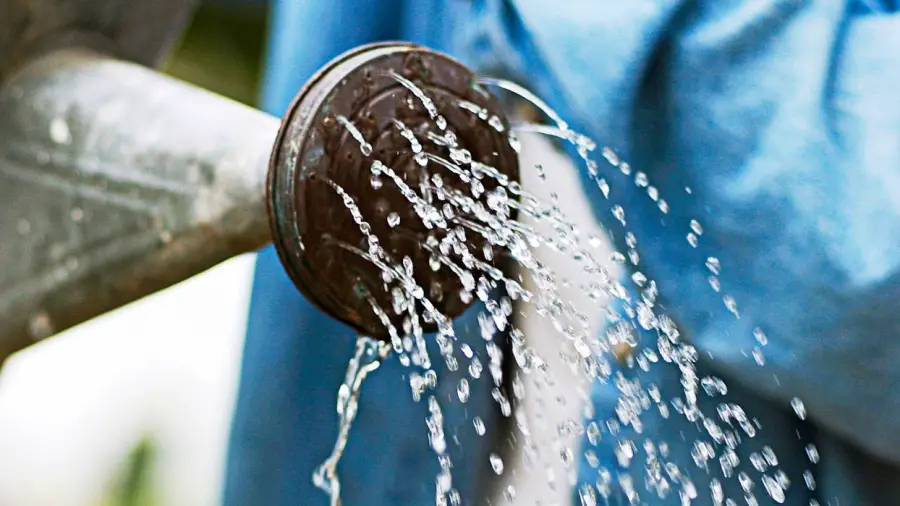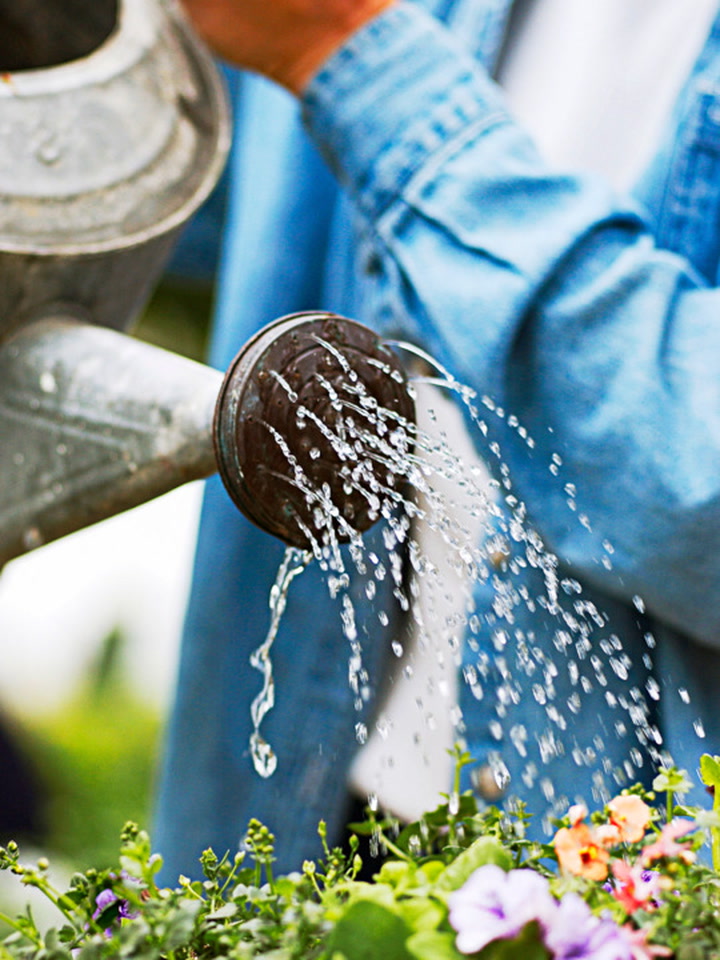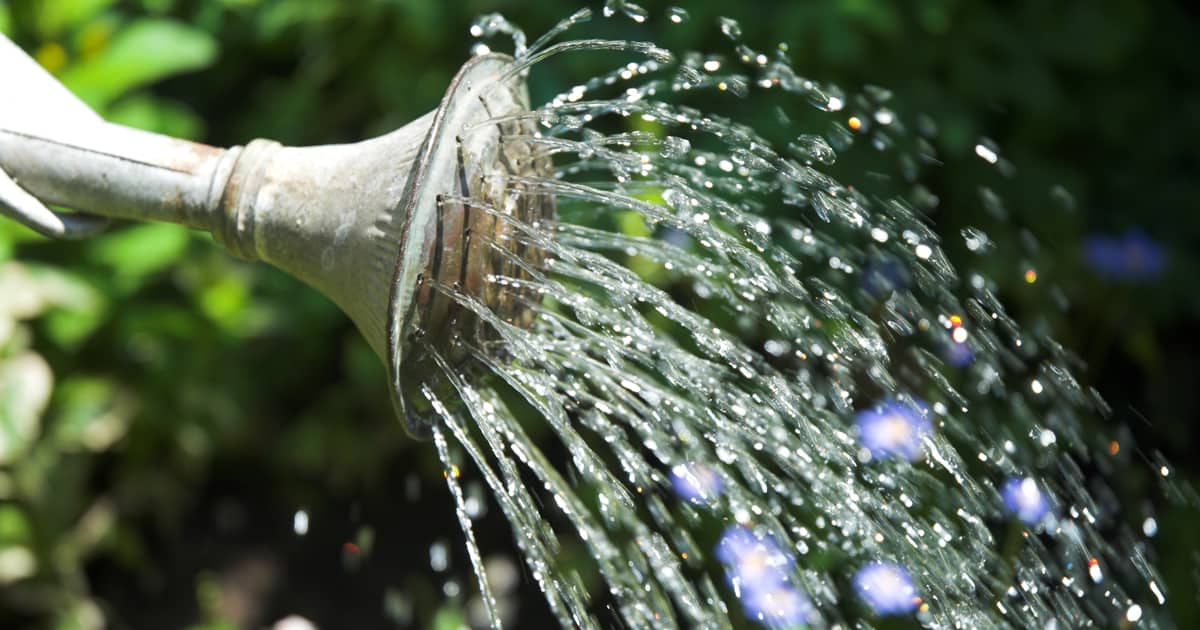Starting your own herb garden offers easy access to fresh flavors. Choose a sunny spot, select your pots and herbs, and begin planting.
Embarking on the journey of creating a personal herb garden can transform your culinary experiences and green your living space. Imagine plucking fresh basil for your homemade pesto or sprinkling aromatic cilantro over a sizzling pan of fajitas—all from the comfort of your home.
Start Your Own Herb Garden: This endeavor doesn’t require extensive space or advanced gardening skills. With a few well-chosen pots, suitable soil, and a sprinkle of care, herbs can thrive on a sunny windowsill or a small balcony. By focusing on herbs that you love and use often, you’ll tailor your garden to your taste buds and kitchen needs. This guide will help you cultivate a lush mini garden that promises a bounty of fresh herbs right at your fingertips.
Table of Contents
Start Your Own Herb Garden: Choosing The Right Location
Select a spot that gets plenty of sunshine since herbs thrive in well-lit environments. Aim for a site that enjoys at least six hours of sunlight daily. This will ensure your herbs develop full flavor and healthy growth.
Easy access is key for maintenance and harvesting. Choose an area close to your kitchen or with a clear path. This makes it simpler to snip fresh herbs as you cook.
Examine the soil before planting. It should be rich and well-draining. Perform a simple test by squeezing a handful of soil. It should hold its shape briefly then crumble when poked. If the soil is too dense, amend it with organic matter to improve texture and nutrients.
Planning Your Herb Garden Layout
Designing an herb garden layout is pivotal for aspiring gardeners eager to infuse their meals with homegrown freshness. Strategic placement ensures your herbs thrive, providing a bounty of aromatic flavors right outside your door.
Designing For Space Efficiency
Maximize your gardening area by using vertical planters or hanging pots. This approach is perfect for small spaces. Utilize corners and walls to hang planters, and consider using stackable containers for a multi-level effect.
Companion Planting Considerations
Some herbs thrive together, while others don’t. Plant basil near tomatoes to enhance growth, but keep mint away from parsley to avoid stunting. Group plants with similar water and sunlight needs to simplify care and boost your garden’s overall health.
Selecting Your Herbs
Starting an herb garden brings fresh flavors and aromatic delights to your kitchen. Choose herbs that you love to cook with, such as basil, cilantro, parsley, and rosemary. These popular herbs are easy to grow and add incredible taste to a variety of dishes.
For those with a taste for the unusual, exotic herbs like lemongrass or Thai basil might be tempting. Research each plant’s needs carefully, as some may require special soil or climate conditions. Always ensure they receive appropriate light and water to thrive.
| Herb | Light | Water | Special Care |
|---|---|---|---|
| Basil | Full Sun | Regular | Prune for bushiness |
| Cilantro | Full Sun | Regular | Harvest before flowering |
| Parsley | Partial Sun | Regular | Soil rich in nutrients |
| Rosemary | Full Sun | Light | Well-drained soil |
Getting The Timing Right
Kickstart your herb garden by planting in optimal seasons. Most herbs thrive when sown in spring. Yet, some can be planted in fall for early spring harvest. Perennial herbs like rosemary and thyme survive winters, returning each year. Annuals, like basil and cilantro, need warm weather and must be replanted annually. Biennials, such as parsley, span two seasons before needing replanting.
Research each herb’s lifecycle for a flourishing garden. Knowing whether an herb is annual, biennial, or perennial guides planting times. This ensures healthy growth and abundant flavors right at your fingertips.
Soil Preparation And Planting
To ensure healthy growth in your herb garden, focus on creating the perfect soil mix. Use a blend of peat moss, perlite, and compost to provide nutrients and improve drainage. This combination helps the roots breathe and grow strong.
For planting techniques, spacing is key. Allow enough room between plants for air to circulate. This prevents moisture-related diseases. Dig holes just deep enough for the root ball and water gently after planting.
Watering And Maintenance
Proper watering ensures your herb garden thrives. Use a drip irrigation system to provide a steady water supply. Aim for soil that is moist, but not soaked. Water early in the morning to reduce evaporation and prevent mildew.
Mulch your herbs to conserve moisture and reduce weeds. A layer of organic mulch like straw or wood chips can be effective. This also helps in maintaining soil temperature and preventing erosion. Regularly check for and remove any weeds to avoid competition for nutrients.
Optimizing Herb Growth
Regular pruning boosts herb yield and quality. Snip off the tops to encourage bushy growth. Ensure to cut right above a leaf pair, as new stems will sprout from there. Keep plants productive with these simple cuts.
Natural pest control keeps herbs healthy. Introduce beneficial insects, like ladybugs, to combat pests. Plant companion flowers to attract these helpers. Use organic sprays only when needed, and always follow the label instructions.
Harvesting And Preserving Your Herbs
To ensure peak flavor, harvest your herbs in the morning when their oils are concentrated. Snip leaves or stems before the plants flower for optimal taste.
For drying, hang herbs in small bundles in a warm, airy room. Once dry, store them in airtight containers away from light. This method preserves their flavors for months.
Expanding Your Herb Garden
Expanding your herb garden is both rewarding and practical. Propagate your favorite herbs to multiply your bounty. Cuttings from stems or dividing roots can lead to new growth. Always use clean scissors and pots for this process. Rooting hormone can help but is not necessary.
Consider hydroponic systems for year-round growth. These systems allow herbs to grow in water with added nutrients. No soil means less mess and fewer pests. Many kits are available that make setup easy. They often include grow lights, simplifying the cultivation of herbs indoors.
| Method | Benefits |
|---|---|
| Cuttings | Cost-effective, easy to share |
| Dividing | Quickly increases plant count |
| Hydroponics | Year-round growth, no soil needed |
Enjoying The Harvest
Creating herb-infused oils and vinegars is simple and rewarding. Start by choosing fresh herbs from your garden. Wash and dry them thoroughly. Next, pick a high-quality oil or vinegar as your base. For oils, olive or avocado work well. For vinegars, white or apple cider are great choices.
Place the herbs into clean, dry bottles. Pour the oil or vinegar over the herbs until completely submerged. Seal the bottles and let them sit in a cool, dark place. A few weeks is enough for the flavors to infuse. Once ready, strain the mixture and pour into fresh bottles. Use these flavorful liquids to enhance your cooking. They make perfect dressings, marinades, or dipping sauces.
Turning Green To Green
Starting an herb garden can be profitable. Fresh herbs are in demand for their vibrant flavors and culinary uses. Selling these can turn a hobby into a source of income. First, understand the market needs. Restaurants, local markets, and health-conscious consumers often seek quality herbs. Pricing your products competitively is crucial. It must reflect quality and production costs.
Marketing is key to success. Create eye-catching packaging. Use social media to reach potential customers. Share engaging content about your herbs and their uses. Consider setting up a stall at local markets or partnering with food establishments. These strategies can help build a loyal customer base. It will ensure a steady stream of sales for your homegrown herbs.
Troubleshooting Common Problems
Dealing with Disease in herb gardens requires attention and care. Regularly inspect leaves for spots or decay. Use organic fungicides for early signs of disease. Isolate affected plants to prevent spread.
For Managing Over or Undergrowth, pruning is key. Trim herbs to encourage bushy growth. Do not let herbs flower unless collecting seeds. For undergrowth, ensure adequate light and nutrients. If growth is sparse, consider a nutrient-rich fertilizer.
| Problem | Solution |
|---|---|
| Yellow Leaves | Check water and nutrient levels |
| Slow Growth | Ensure enough sunlight and space |
| Leggy Plants | Prune to promote fuller growth |
Frequently Asked Questions
How To Start An Herb Garden For Beginners?
Choose a sunny spot, select easy-to-grow herbs like basil and mint, use quality potting mix, ensure proper drainage, and water regularly.
What Month Should You Start An Herb Garden?
Start your herb garden in early spring, typically in March or April, depending on your local climate.
Is Selling Fresh Herbs Profitable?
Yes, selling fresh herbs can be profitable due to their high demand in culinary, medicinal, and aromatic markets.
What Is The Best Layout For An Herb Garden?
The best layout for an herb garden features full-sun perennials at the back and shorter, shade-tolerant herbs in front. Ensure good drainage and space for growth.
Conclusion
Starting your own herb garden is a rewarding journey into the world of gardening. With the right approach, you can enjoy a range of fresh flavors right at your fingertips. Remember to choose the right spot, use suitable soil, and provide adequate care.
Embrace the process and soon you’ll be adding home-grown herbs to your favorite dishes. Happy gardening!
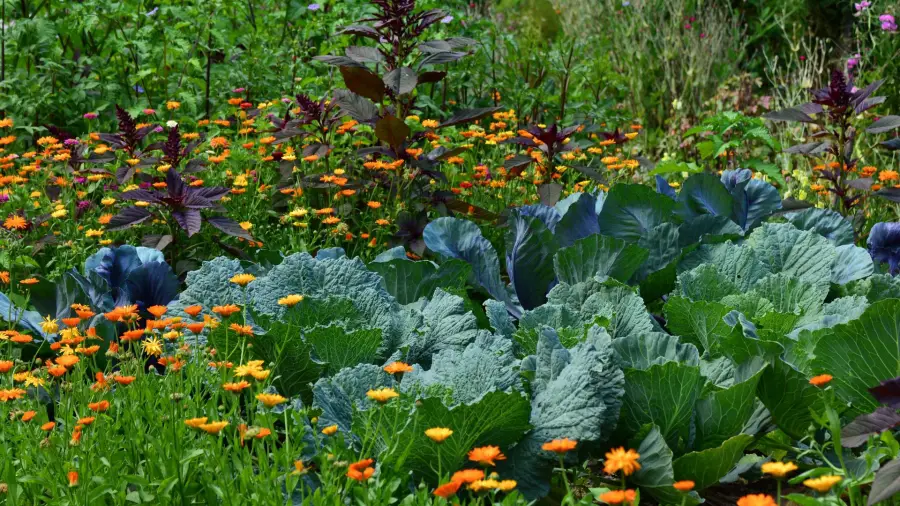
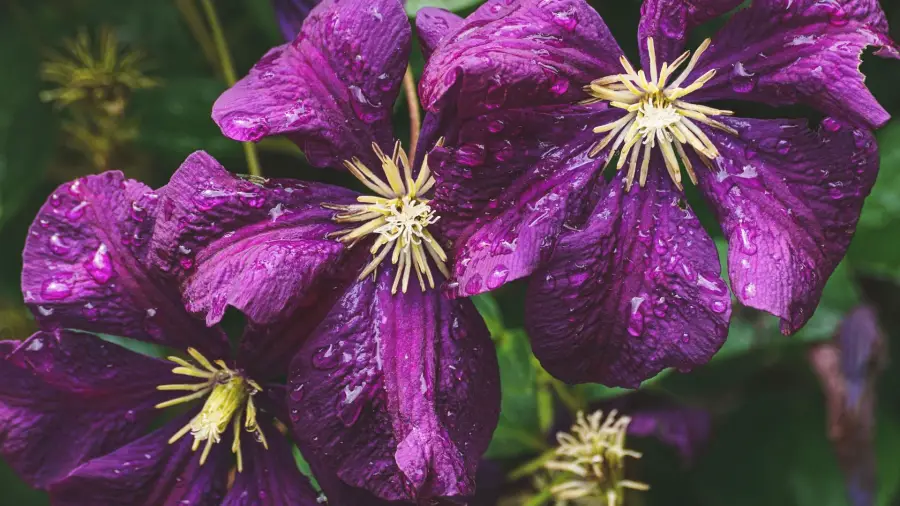
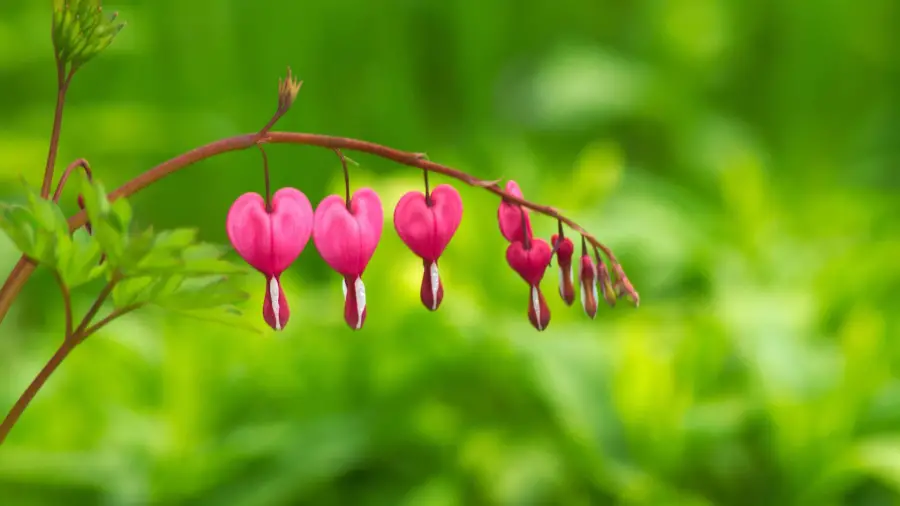
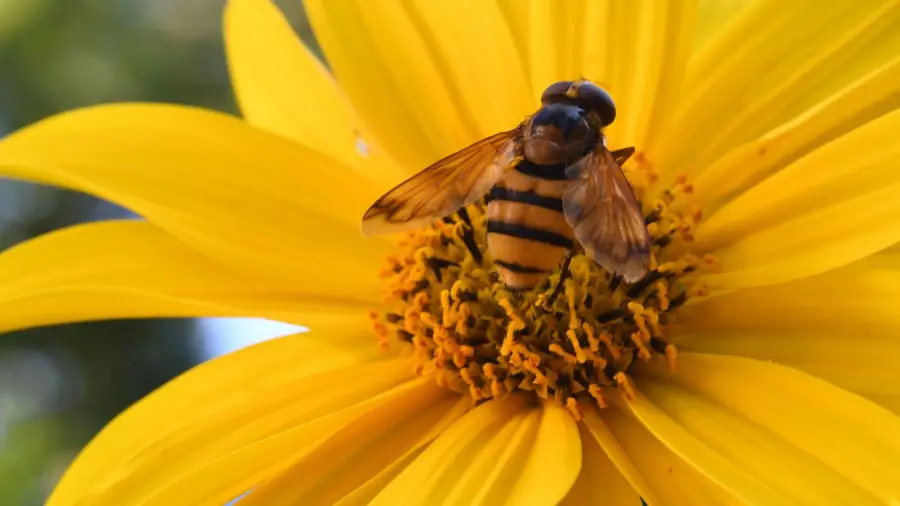
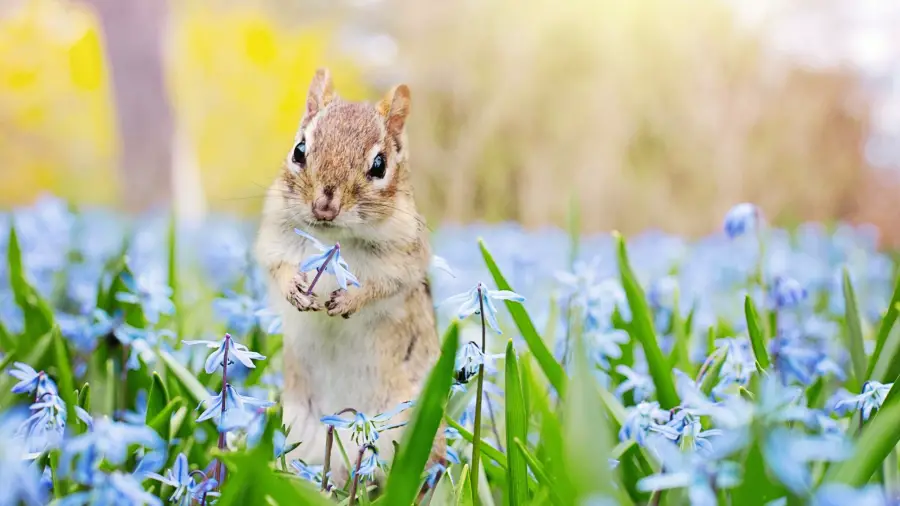


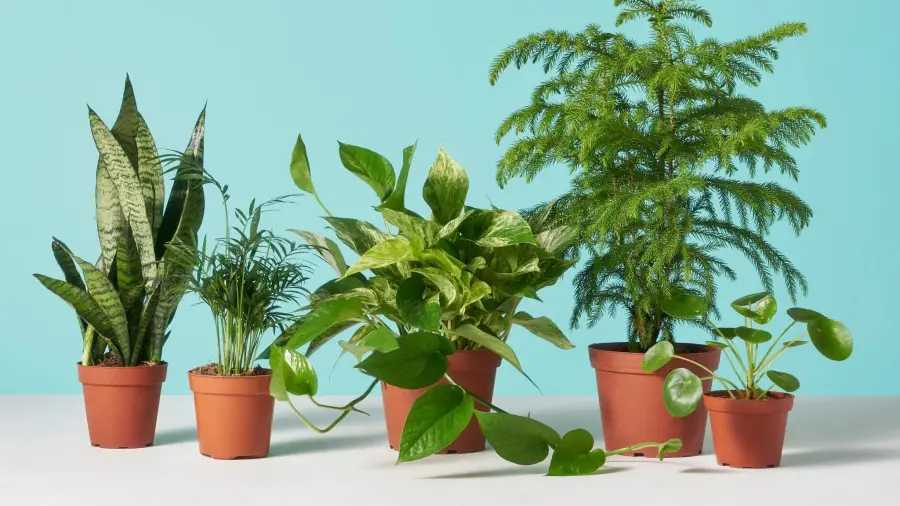


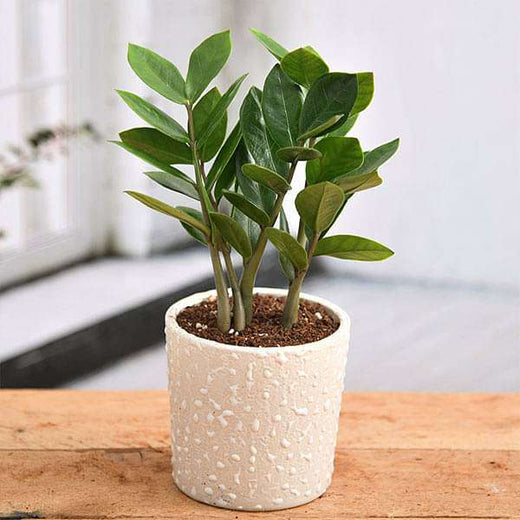
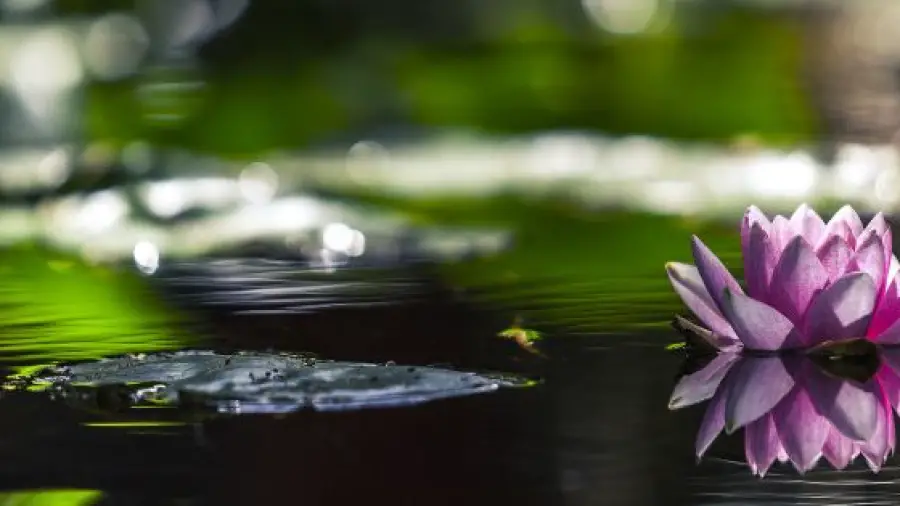
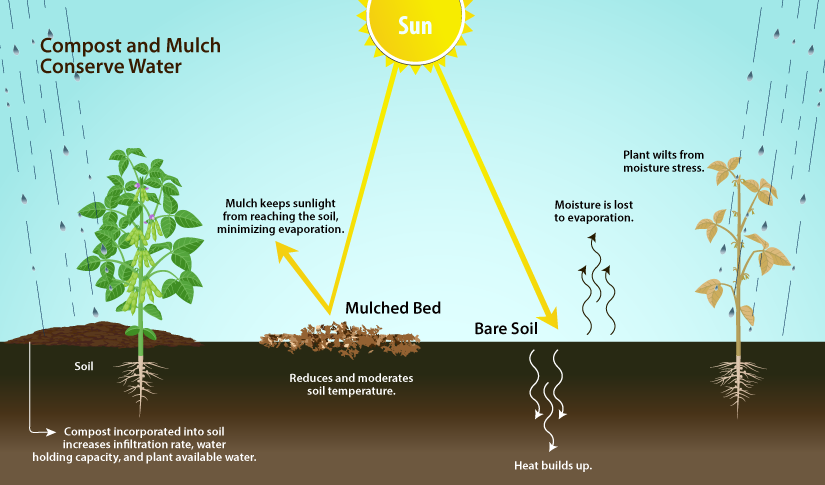
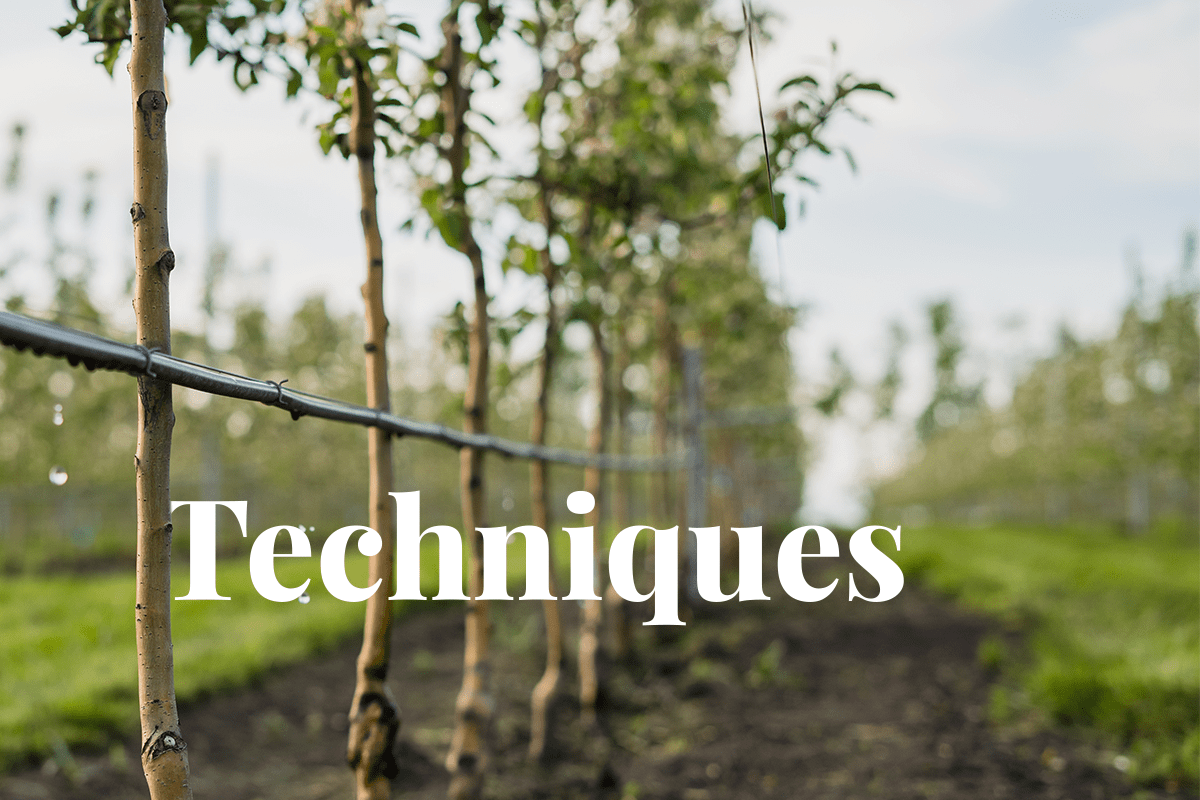
:strip_icc()/curb-appeal-foliage-plants-1051svw5KQC9FAtl-M9kOB-336092f31a7f475187c5171363808dec.jpg)
